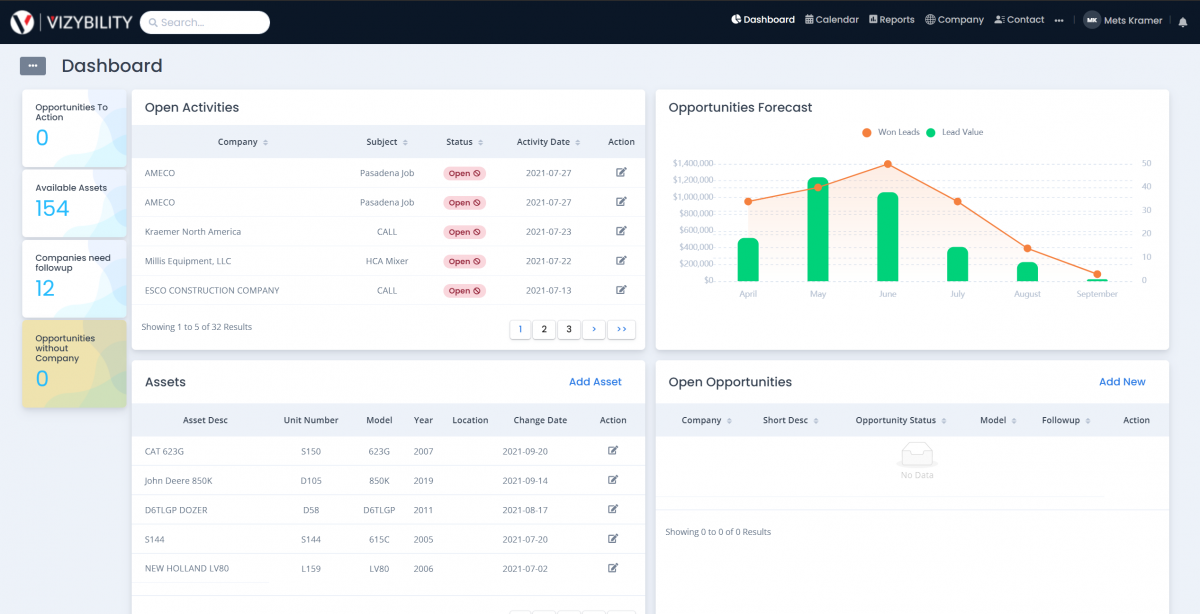I LOVE indicators, indicators are the action items you get from a long boring report. Indicators are the result of analyzing the report data and determining what we should do. A great example is a customer account balance statement, where we look for people over their credit limit or with aged invoices. Rather than read the whole list, we often just print the over limit customers and hand them to a credit manager or sales rep to call the customer.
In the same way, the Digital Dealership uses its data, computers and an analyst to create actions from data. These action items are pushed out through various methods to improve the business or support the customer.
There are 2 main types of actionable data. First there are activity or event triggered actions and the second are analysis or derived actions.
Activity or event-based triggers are implemented often to follow up on past events. Great examples are notification to the sales rep 30 days after a customer purchased a machine to schedule an initial service or follow up on performance. Similar triggers are post rental follow up, to find out how the customer’s rental experience was. The Service department can do a similar follow up after a customer receives their maintenance inspection check list with quoted items found during the service. If the customer declines them initially, the Digital Dealer follows up to make sure they got done, frequently gaining that work.
The second type of trigger is derived from data or rather the analysis of historic data. These are often more complex and look for changes in the historic norm to determine if something has changed, which would require action. This is something we all do in the parts business, for example. As sales of a part drop off, we analyze the data and, if the part is used on an old model, we determine the need to stock less of them.
Triggers based on data trend analysis often let us get ahead of a problem. Think of a customer who normally purchases every 6 weeks but has shown no activity in the past 8. The Sales Rep should be able to connect with that customer and find out why. What about a customer who was spending $100K per year on service labor, but in the past 6 months it’s been $25K. In these cases, it’s likely important to understand what’s happening.
Triggers, from analyzing data history or events and put in front of the right person, lead to action. These action triggers can be as simple as an email notification, or, preferably these triggers are listed as exceptions on a digital platform such as your CRM. In a CRM the indicator can easily lead to a page listing the customer’s contact information or even instantly connect the call. Once the call is done an activity is created capturing the story from the customer, and possibly generating a new sales lead.
One of my favorite indicators in Vizybility is “Customer that need follow up”. Set a contact frequency for an existing or target customer, and the CRM reminds you to call on that interval. These are great to avoid missing sales for a low volume customer.
In all of these scenarios computers do what they do best, track and analyze data. Analysts learn from the data and, in conjunction with a manager, create triggers when certain scenarios are seen. These actionable decisions, or triggers, are fed to people in the operations through CRM or other systems to support customers, avoid problem.
Next time you’re reading through a long report list and deciding what to do, think about how you could create automatic triggers in your Digital Dealership.





